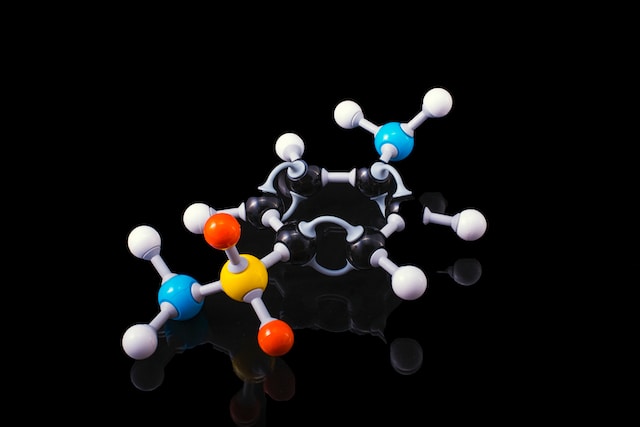Glycoprotein placement, or the understanding of the function and regulation of these complex molecules within the cell, is crucial for comprehending their roles in various biological processes. Glycoproteins are intricately regulated in terms of their synthesis, folding, trafficking, and targeting to specific cellular compartments. Here are some key aspects that highlight the significance of understanding
Glycoprotein placement, or the understanding of the function and regulation of these complex molecules within the cell, is crucial for comprehending their roles in various biological processes. Glycoproteins are intricately regulated in terms of their synthesis, folding, trafficking, and targeting to specific cellular compartments. Here are some key aspects that highlight the significance of understanding glycoprotein placement:
- Protein Folding and Quality Control: Glycoproteins undergo a series of folding events in the endoplasmic reticulum (ER) to achieve their proper three-dimensional structure. The ER provides an environment that facilitates correct protein folding, and quality control mechanisms monitor the process. Glycoprotein placement within the ER is vital for ensuring proper folding and preventing the accumulation of misfolded or dysfunctional proteins.
- Trafficking and Sorting: Glycoproteins are trafficked from the ER to the Golgi apparatus, where further modifications and sorting occur. Understanding the mechanisms that regulate glycoprotein trafficking ensures their delivery to the appropriate cellular compartments. Different sorting signals, such as specific amino acid sequences or carbohydrate modifications, guide glycoprotein placement to distinct intracellular destinations.
- Cell Surface Localization: Many glycoproteins are localized to the cell surface, where they perform crucial functions such as cell adhesion, receptor signaling, and communication. Correct placement of glycoproteins on the cell membrane is essential for their interactions with extracellular molecules, neighboring cells, and the initiation of signaling cascades.
- Intracellular Compartmentalization: Glycoproteins are also targeted to specific intracellular compartments, such as lysosomes or secretory vesicles, to fulfill specialized functions. Proper placement within these compartments ensures the efficient delivery of glycoproteins to their intended destinations and the execution of their specific roles, such as enzymatic activities or storage.
- Regulatory Mechanisms: Glycoprotein placement is tightly regulated by various mechanisms, including signal sequences, post-translational modifications, protein-protein interactions, and vesicular transport processes. Understanding these regulatory mechanisms provides insights into the factors that influence glycoprotein placement and enables the manipulation of these processes for therapeutic purposes.
- Disease Implications: Dysregulation of glycoprotein placement can have significant implications for disease development and progression. Misplacement or mislocalization of glycoproteins can disrupt cellular functions, impair signaling pathways, and contribute to pathological conditions. Understanding the mechanisms underlying glycoprotein placement can help identify potential therapeutic targets for correcting or modulating their localization in disease contexts.
- Therapeutic Interventions: The knowledge of glycoprotein placement can be harnessed for therapeutic interventions. Targeting specific cellular compartments or surface-localized glycoproteins can be employed to develop therapies aimed at modulating cell signaling, blocking cell adhesion, or delivering therapeutic agents to specific locations. Manipulating glycoprotein placement provides opportunities for precise therapeutic interventions in various diseases.
Understanding glycoprotein placement enhances our knowledge of cellular processes, disease mechanisms, and the development of targeted therapeutics. Investigating the intricate regulation and mechanisms that govern glycoprotein placement enables us to grasp the complexities of these molecules and their significance in biological systems.

















Leave a Comment
Your email address will not be published. Required fields are marked with *